Kendrick Brinson and David Walter Banks had successful editorial photography careers individually, but they realized that by teaming up, they could accomplish even more. The duo relocated from Atlanta to Los Angeles a year and a half ago, and during that time they’ve added a ton of work to their portfolio and have landed commercial clients as well. We asked Brinson + Banks about their new West Coast home, how they work together and what advice they have for landing assignment work without an agent.
Photo District News: Can you tell us a bit about your background in photography?
David Walter Banks: Both of us have strong Southern roots. I’m from Atlanta and Kendrick is from Columbia, South Carolina. We met in journalism school through our very inspiring photojournalism professor Jim Virga at the University of Georgia, and we worked at the student newspaper. Shortly after graduation we began dating while we were working at small newspapers, [living] nine hours apart. Our friendship turned to love, rivaled only by our shared love and passion for making images.
After leaving our newspapers, and spending five years pursuing documentary (editorial) photography alongside our colleagues and friends at the cooperative we helped found, we decided to go out on our own to create a new company together with a focus on portraiture and lifestyle photography for the ad market.
Kendrick Brinson: We’ve both made our living strictly off of photography since we graduated from University of Georgia’s journalism school. But our photography has shifted and evolved a lot. You could say we’ve been professional photographers for 10 years, or you could say we’ve been advertising photographers for about a year and a half. I’m not sure the just-graduated version of me could do what I’m doing today.
PDN: Why/when did you guys partner up as a photo duo?
DWB: The collaborative nature of our former company, and our love of creating together helped us see how much more we had to offer as a team. We saw the team mentality found in advertising and larger editorial shoots as the perfect fit for our new company. We also decided that in order to reinvent, we wanted to change up everything. This meant nearly starting from scratch with our portfolio, producing a lot of new personal work, and changing the environment in which we surrounded ourselves, hence the move to Los Angeles.
PDN: How do you work together on shoots?
KB: When it comes to the creative side, we are complete equals, which for us means twice the energy, ideas and creativity on set, and during pre-production. (And oftentimes double the photos for the client, who we have seen in the past will want to license many more images than originally planned after the shoot).
DWB: It depends on the job… If we are on a lifestyle shoot, we are often shooting from two different angles. When only one of us is able to shoot (for instance, in a tethered studio situation), the other is normally either directing or helping map out the next shot. At a recent shoot for Garnier [Slide 2] and PKT, we were shooting at a studio in New York and Kendrick was shooting a still-life while I shot portraits of the model, and then we reversed roles for the next setup. For the same client, we had to split up one day, one of us handling a shoot at one location, and the other a scout day at the next locations in two different states. On more than one occasion I’ve served as a makeshift ladder as Kendrick shot atop my shoulders.
Stylistically we gravitate towards the same type of poppy color, light and composition. My obsessively precise nature is balanced by Kendrick’s strength in spontaneity and moment-driven photography. It’s been really fun to watch a creative entity apart from our individual selves form as we grow more and more in-tune stylistically with a common goal.
PDN: You’ve been in Los Angeles about a year and a half now. How is the transition going?
KB: We moved because we were relatively unknown as a new advertising duo; being in a small market was moving too slowly for us. We are super motivated and know that face time with agencies is what translates into work for us, so it made sense to relocate to a city that had a lot more work and a place where we could build relationships over time with art buyers. So far, relocating to Los Angeles is the smartest business decision we’ve made. When creatives are looking at our book, people often say that our location fits our photography, which I take as a compliment.
DWB: We couldn’t be more pleased with the decision. The landscape of the West Coast has been endlessly inspiring to us, and I even bought a VW camper van to facilitate our camping escapes amongst the mountains, beaches, deserts, redwoods, and seemingly endless beautiful coastline. We even came up with a personal project that tied in these explorations with studio photography [Slide 4].
PDN: What were some of the challenges of relocating?
KB: It was harder than I thought it would be (and that goes beyond being stuck in a car with two cats for 2,174 miles). We’d both been freelancing for years in Atlanta. We were busy with editorial work, and were very comfortable there. Even though we wrote to magazine editors and told them about our move, we got so many requests for work in Atlanta for months and months after relocating.
At first work was slow, but it gave us time to focus our energy on creating more stylized work together and to introduce ourselves to ad agencies here. It was nerve-wracking the first nine months or so and then it all started picking up again. Looking back, I should’ve anticipated it taking that long seeing as we were moving to a new market and new industry full of talented photographers.
DWB: It was really like starting from scratch. We spent our first (mostly workless) months making personal work, creating a marketing campaign, and requesting meetings at ad agencies.
After a year in California, we started bidding and booking more commercial campaigns, worked on some really fun editorial feature shoots and covers together, and we have a better grasp on what we are selling as a team. We have a ways to go, but the path seems a bit clearer. Of course, we could not have made this transition without the wonderful friends we have made here, and the incredibly welcoming and generous nature of the creatives here. Did we mention we love California?
PDN: Who are the clients you’ve worked for recently?
KB: In the past six months, we’ve done work for Garnier [Slide 2], Target, Adidas and Seventh Generation, and we’re about to do a hotel lifestyle campaign in Miami. On the editorial side, we did a cover story for NME, and work for Smithsonian, Inked, and Mass Appeal.
Long-term, our sights are set on larger campaigns for big brands, but a lot of what we’ve done so far has been for digital campaigns. Honestly, we are so happy to work on all types of jobs and coming from our editorial and documentary background, where shoots are often bare bones and all about winging it, we’re having a blast collaborating with a team of creatives, models, set decorators, etc. on shoots.
PDN: How do you use social media?
KB: It’s a brilliant way to get inside your client’s living room without filling up their already full email inbox. We get to share our personal lives and who we are in a non-intrusive way. We both have our own Instagram (and Tumblr, and Twitter, and Facebook…) accounts, but we share one, as well. I share behind-the-scenes photos of our life together and behind-the-scenes photos of our shoots together (and our #BrinsonBanksing photos, which is a whole other story that accidentally went viral; look up the hashtag on Instagram for a laugh).
It’s free marketing that feels a little more personal than an email or even a promo because it’s about us. Art buyers who follows us know we love exploring the West Coast. Relationships are so important in this industry and I think social media is an easy way to continue that conversation.
DWB: I love that Kendrick loves social media! Thank goodness I married a social media guru.
PDN: Photographers often ask how to get ad work without a rep. Any advice?
DWB: Create the type of work you want to get hired to do and share it with anyone who will look—through social media, at portfolio reviews, and at meetings with art buyers, etc. If you’re doing good things and sharing them, people will notice. If you’re waiting for someone to notice you, you’re wasting time you could spend marketing or creating.
KB: Years of experience navigating marketing in the editorial world was great prep for expanding into the commercial photography realm. We aren’t photographers who are comfortable just shooting; we want to be hands-on in every aspect of our career, which for the most part isn’t actually taking photos. We have spoken to a handful of reps but we won’t rush to sign with anyone until we find the perfect fit. We are capable of doing meetings, having creative calls, curating our portfolio, building estimates, etc. on our own because we’ve learned how to do it on our own. A rep can assist in all those things, but even if we had (or when we have) a rep, it’s important to us to stay involved, and to keep promoting work on our own and creating personal work. Photographers shouldn’t make excuses for not doing the unglamorous part of the job, and we’re proof that you don’t have to have a rep to get work.
PDN: What have you learned in your careers that you would share with other photographers?
KB: Doing photography for a living is a lot of work, but it is so fulfilling. When we get bogged down with meetings and marketing and accounting and emails and just keeping up with the business side of it all, we’re fortunate to have each other to remind us how flippin’ lucky we are to not only do what we love to do, but to also be able to do it together. I hope that novelty never wears off, because every day is an adventure and we’re insanely grateful we get to document it.
DWB: I encourage anyone out there to stop making excuses and to pursue their dreams. In today’s world, the inflated stature of everyone’s social media presence makes it is too easy to sit around wondering why everyone else is doing better than you, and asking yourself why things aren’t ‘happening’ for you. To that, I say to put your phone down and go out today and create something—something that makes you happy. Ask yourself what types of images you want to create, and then shoot a personal project of those types of images. If you can’t make those photos yet, try anyway, and if you fail, then do some research and try again. Be the photographer you want to be, and the rest will follow.
Related: Photographer Wynn Myers’s Unconventional Path to Success
Keith Ladzinski’s Advice for Building an Instagram Following
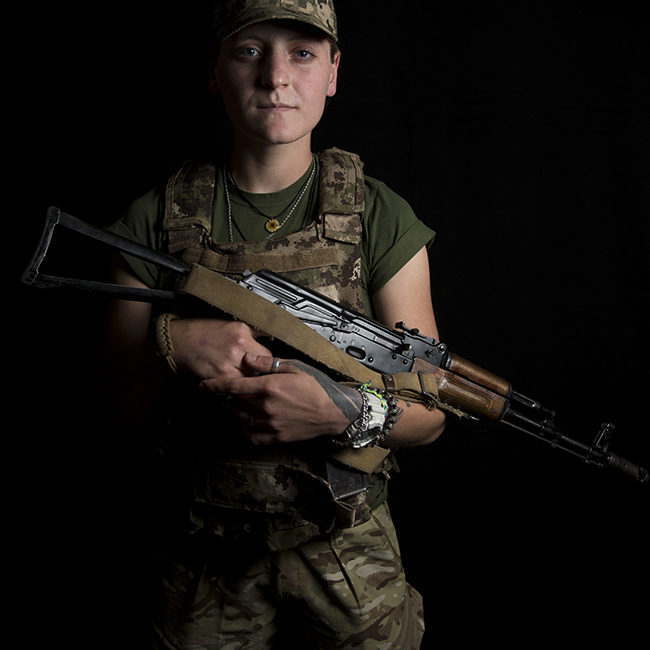
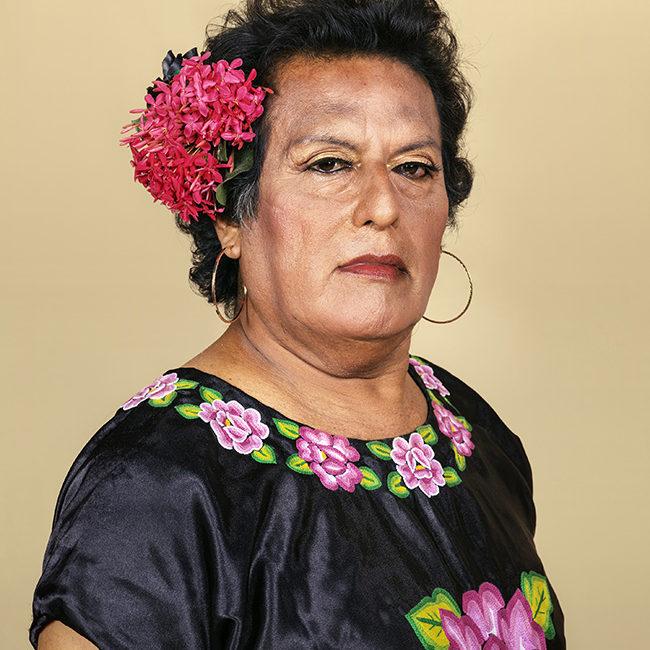
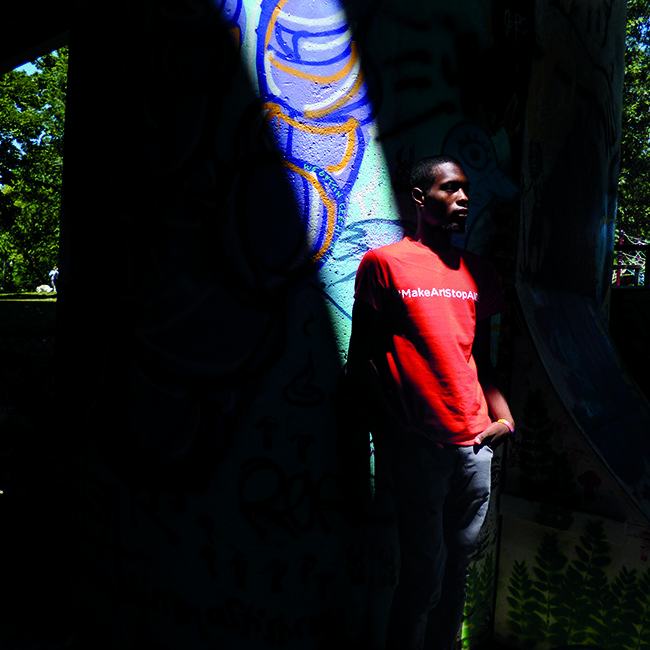


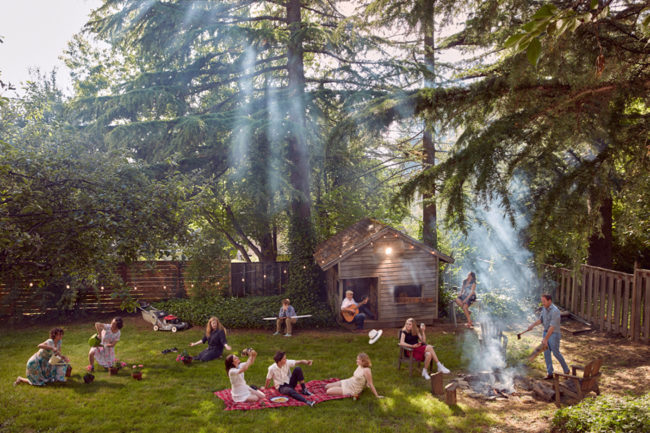
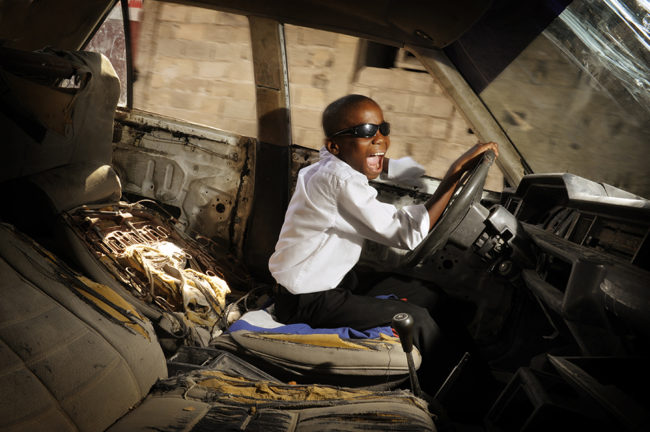

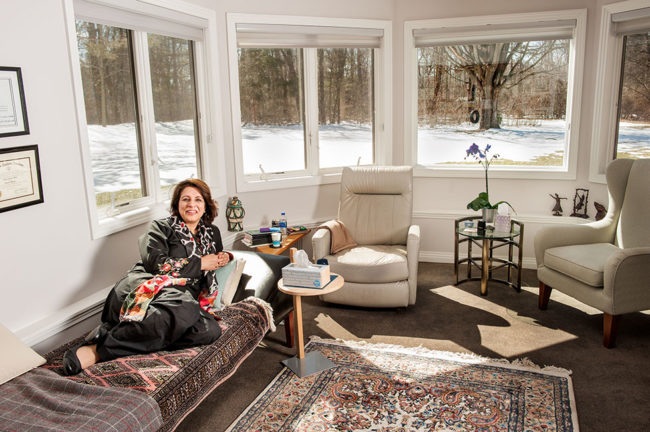
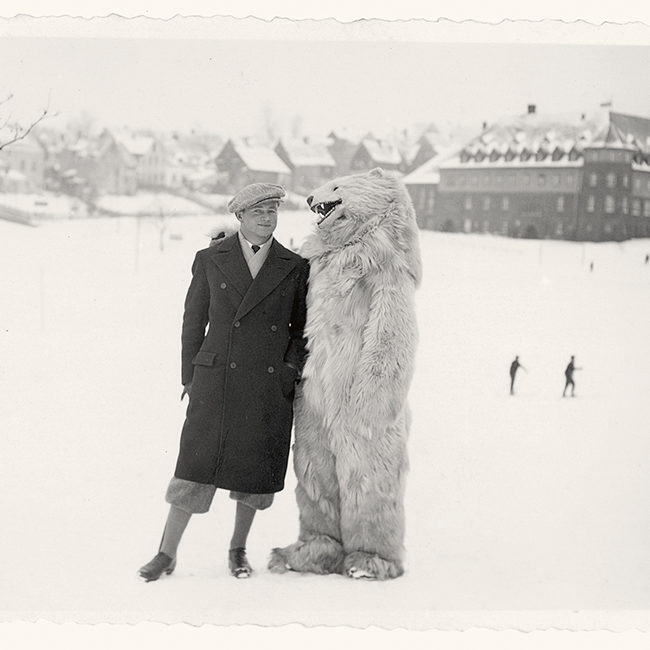
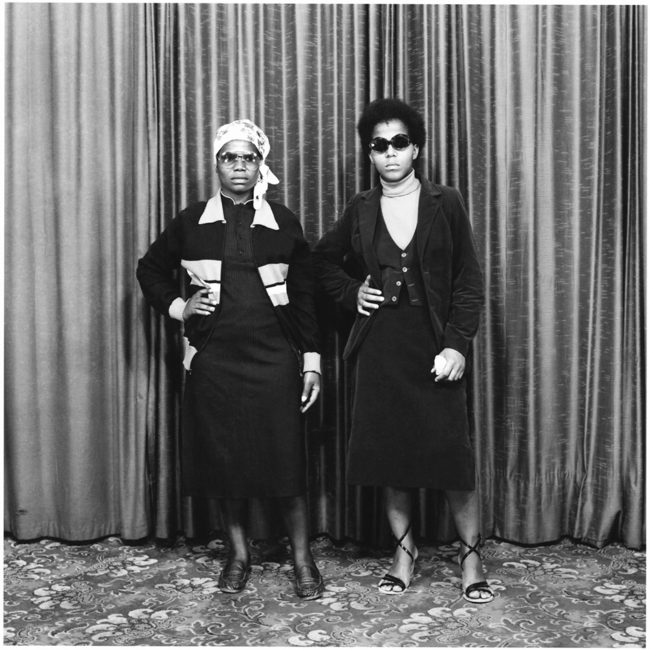
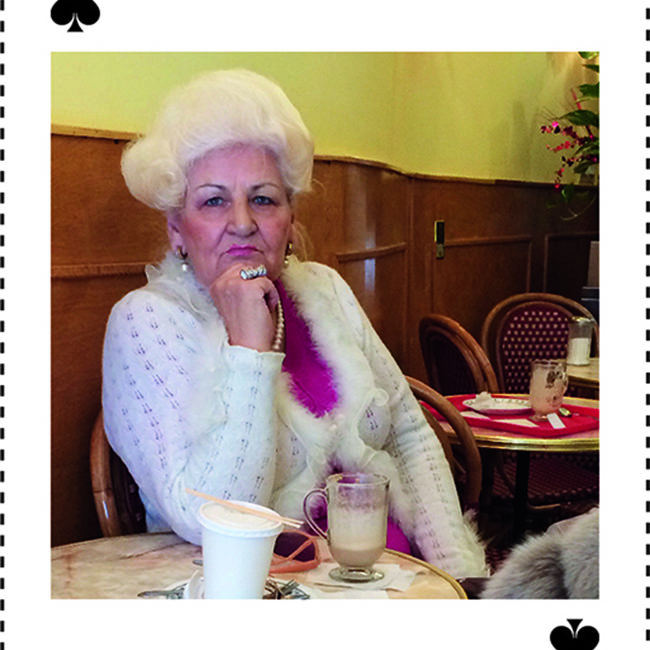
I enjoyed reading their story. Thanks for sharing the interview!
Great interview – thanks for sharing. Always fascinating to hear how couples work together. I hope the novelty of having a partner never wears off either – makes the hard work seem way easier :)